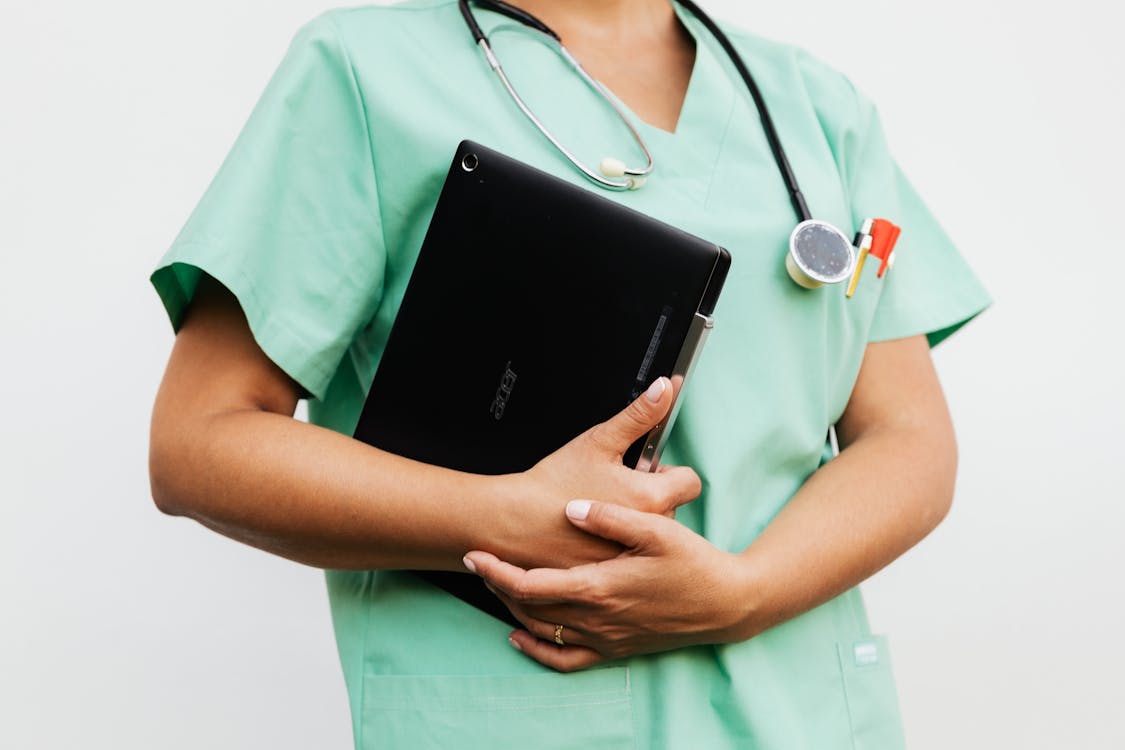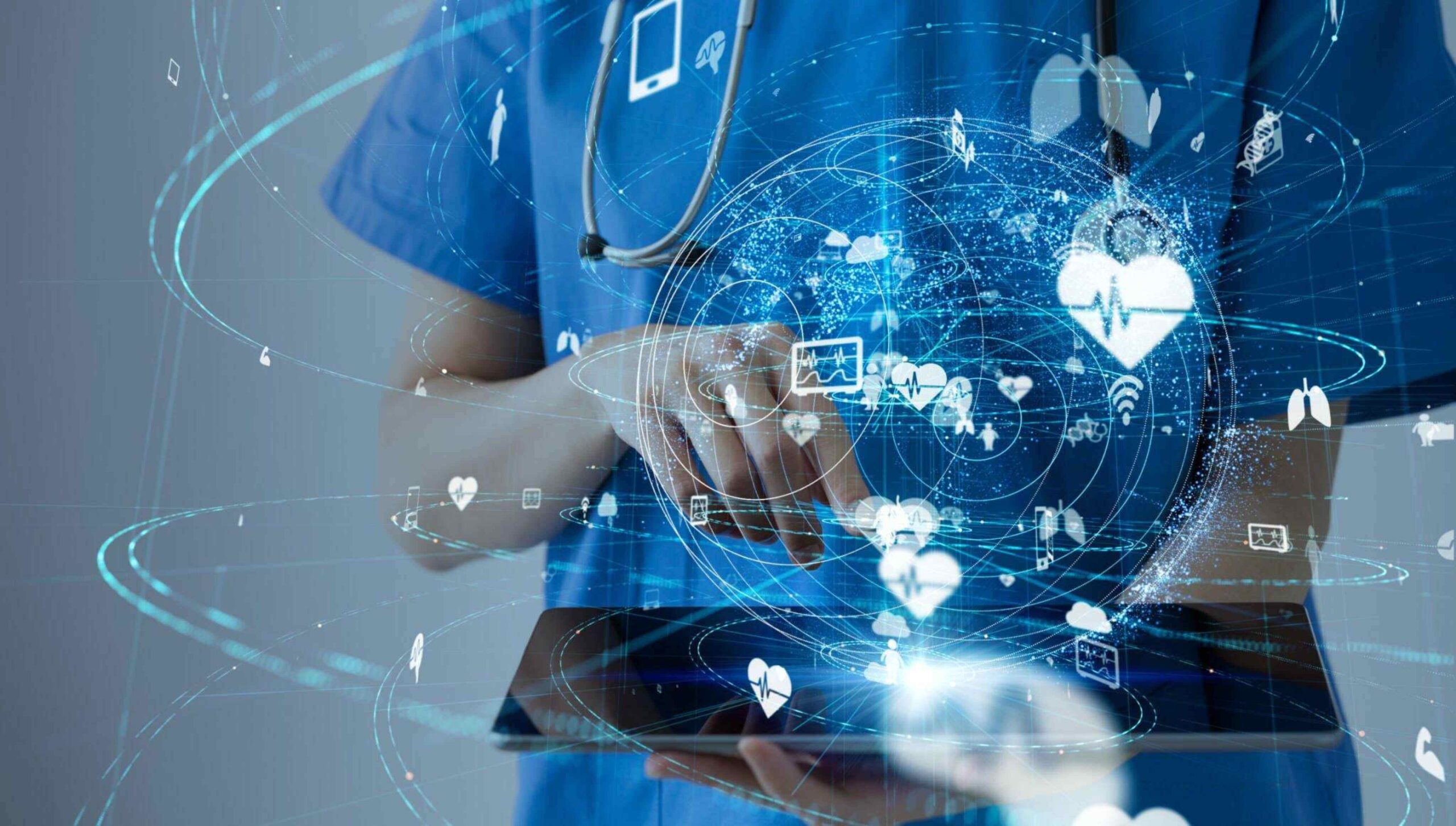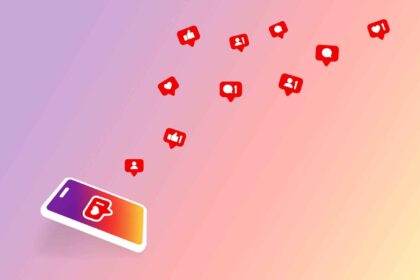In the past few decades, technology has driven growth in many industries, and nursing is not exempt. Though nurses are often renowned for their empathy toward patients, the profession has also been heavily influenced by changes in technology. Indeed, there are many ways that past, present, and future technology has and will impact the nursing field.
Contents
1. History of Technology In Medicine
One hundred years ago, nurses were at the forefront of medical innovation during World War I. As nurses had to help treat dozens of patients with few resources and in very stressful surroundings, they sought ways to make their situation easier. They developed new practices such as physical therapy and occupational therapy, advocated for antiseptic cleansing techniques, and created hygienic wound dressings.
With the advent of the computer in the 1960s, nurses helped automate many of their administrative tasks, such as dispensing, packaging medications and locating supplies to prevent errors. By the 1970s, physiological monitoring systems were available in hospitals, and the 1990s introduced integrated healthcare data systems, so healthcare professionals could access and share patient data more effectively.
Over time, nurses adopted other general technologies, such as phones, webcams, video conferencing, and online databases, to help them with daily tasks and patient care. Recent developments, such as virtual reality and artificial intelligence, are fields that are expected to influence nursing in the years to come.
2. The Role of Technology In The Nursing Industry
Technology plays an important role for nurses. During each step of their day, nurses are either using technology or benefiting from its use. One function of such technology is to centralize information and data. When a patient first enters care, a nurse will use patient data systems to set up the patient’s profile. Having access to medical records allows nurses and other healthcare professionals to quickly access information about the patient, such as diagnoses, what types of treatments are being given, what tests have been run and if there is a planned date of discharge.
Having a centralized location for patient data makes communication between other departments and organizations faster and more efficient. In some cases, such information may also be shared with the patient, for example, if they require support through a treatment program after discharge.
A centralized communications hub or other type of digital record system can help nurses communicate indirectly, as well. If one shift of nurses needs to communicate something to another shift, or if a message needs to be relayed to a professional that cannot be seen in person, technology can keep the message intact and secure until it is delivered. This might be preferable to leaving a physical note or asking someone to relay a message since it might get lost or forgotten before it is delivered. Technology also ensures that care is consistent and accurate, and can help screen for unintentional consequences of receiving care from multiple providers, such as harmful drug interactions or contraindicated medications.
There are many administrative applications for the technology, as well. When a patient exits care, a nurse might use business software to input, review or share insurance paperwork with the billing department. There are also scheduling and task appointment programs used in many healthcare settings. For example, surgical nurses may take advantage of a scheduling program to estimate when one surgery may finish calculated based on the average length of previous surgeries, schedule an operating room so they can prepare the equipment, and plan for time to inventory supplies or clean the equipment.
Technology can make this process much faster and more accurate since calculations and timing can be determined based on past performances and tracked and updated automatically. Some software is even able to book rooms or assign tasks without manual input, and nurses can simply follow the established schedule without having to spend time creating one. These models can be adapted to consider special circumstances, such as vacation time, breaks, or qualifications of specific employees.
Even before nurses start working, technology helps shape their educational experience. Current nursing programs often have remote, hybrid, and accelerated options. This means that someone living in CA who is looking to quickly change careers could easily enroll in an accelerated nursing program in PA, such as the one offered by Holy Family University, since it requires one week of residency in Philadelphia and the rest can be completed locally.
This program has a flexible model while still offering high-quality teaching in nursing. For all stages of a nurse’s education, online options are becoming increasingly available, as are further education opportunities and training programs if a nurse seeks to specialize. Online learning can be very useful for nurses who need to stay aware of changes in healthcare legislation, regulations, and restrictions.
Within training programs and on the job, new technologies are being used to help nurses develop practical and relevant skills for their careers. Technology can help nurses and other healthcare professionals model the human body and visualize health conditions and how to treat them. It may also serve as a demonstration that nurses can follow. Technology that is interactive allows nurses to practice new techniques and skills without risking harm to a patient.
This technological integration is particularly relevant for nurses considering prn travel nursing jobs. Being comfortable with the latest healthcare technologies can enhance your adaptability and proficiency, making you a valuable asset in various healthcare settings and boosting your confidence when taking on short-term assignments.

Many of these technologies allow healthcare providers to diagnose diseases, monitor patients and provide more efficient care. There are also innovations in technology, such as equipment and tests, that allow diagnoses to be made more rapidly or for treatment to be offered more effectively.
Finally, technology allows nurses and healthcare settings to find information. An organization’s intranet will allow employees to quickly locate details about their policies and procedures, or news about a particular department. Anonymous reporting systems provide nurses, patients, and all employees of an organization a way to report concerns, make complaints or offer feedback to the leadership team. It also allows employees at all levels to track their work habits, and their level of accuracy with patients, find points of contact and determine how and when to make referrals for additional care.
3. Examples of Technology Used By Nurses
There is a large variety of technology used by nurses, whether as part of their educational training or on the job. Current nurses have the advantage of many examples of innovative technology that were not available to previous generations. One of the biggest implementations of technology in nursing is the Electronic Health Record. These records include health information about patients or population groups that can be accessed digitally and across various healthcare settings.
Smart electronic devices have been implemented into the structure of hospitals and care systems. Smart beds, typically used by healthcare facilities, allow more efficient interactions between the patient and healthcare professionals. For example, they can display patient data, monitor health status, and even alert staff if patients are developing conditions such as pneumonia or bed ulcers. Smart IV pumps allow healthcare professionals to deliver and dispense medications remotely.
Wearable devices contain biosensors and are used by patients to track health data such as heart rate, blood pressure, sleep patterns and activity levels. Portable monitors allow nurses to track a patient’s vitals, oxygen saturation and respiratory rates from a nursing station or remotely, which allows earlier identification of developing issues.
Telehealth work not only allows nurses greater flexibility in terms of employment opportunities but also allows remote communities without local healthcare access to receive care and access to support. Meanwhile, virtual scheduling and command centers allow healthcare organizations to schedule patient appointments and procedures, support direct communication between patients and healthcare professionals, view treatment plans, and order medication prescriptions. Communication systems can make automated phone calls, send reminder text messages or update patient data on digital apps, which allows nurses and other professionals more time with patients rather than performing administrative tasks.
Occupational therapy nurses have utilized many different technologies, such as tablets, video games, virtual reality, and computers for people who have dexterity, spatial or other issues. Treatment programs can also be shared via app or email, and exercises can be demonstrated over video or video conferencing software. Image modeling and 3D printing allow nurses to visualize the location and course of a disease, as well as the efficacy of different treatment methods. Individual organs can be created, healthy or not, which gives nurses an opportunity to identify and care for healthcare conditions. For patients who receive implants or prosthetics, nurses need to be familiar with these types of technology and how to support patients using them.
Smart dummies and mannequins simulate health conditions that nurses are then able to identify and treat. These interactive patient simulators can bleed, yell and ask questions, and can be adapted based on the care needs being taught. For example, some mannequins may be geared towards emergency trauma care, whereas others might focus on everyday care such as bathing, skincare, or monitoring vitals. In-hospital transport is being increasingly mechanized in healthcare settings. Whether it’s taking patients to another room, moving supplies from various locations, or sending communications and mail to another part of the building, robots, and self-driving transports are taking on the non-medical roles of nurses so nurses can focus on patients.
Easy access to emergency care via apps or websites gives nurses access to information, techniques, and treatment methods, so they can care for patients with atypical reactions or uncommon conditions faster, especially in emergency situations. New technology in medical laboratories means that nurses are more efficient and accurate in their roles. For example, barcoding or QR codes on blood samples prevent mislabeling, automated testing labs mean a person no longer needs to be present to send a sample to the next stage in the process, and faster sample analysis and automated results allow nurses to identify problems earlier and treat them sooner.
4. Benefits of Technology For Nurses
There are a variety of benefits associated with the increased use of technology. Probably the most significant benefit for nurses is the speed at which they can perform their tasks. Technology allows nurses to monitor a patient’s health status faster since they don’t need to physically see the patient and only require a connection to a smart bed or portable monitor. Nurses can access patient information quickly by logging into a database that contains treatment plans, lists of medications, and contact details for medical professionals and patient family members.
If a nurse needs to share a piece of information — whether they are assisting with discharging or transferring a patient or reminding a patient of an upcoming appointment — they can transmit a message instantaneously. Finally, the improved capabilities of laboratory technology mean that nurses and other healthcare professionals can access test results faster and act accordingly.
In addition to speed, technology helps nurses to be more accurate and patient-centered in their roles. Software programs can calculate optimal treatment options, flag errors or mistakes in prescriptions, and provide technical support for complicated procedures. From a patient’s perspective, they have more control over their data and more power to change or update it if it is incorrect in the database systems used by their healthcare providers. Nurses can use this information to direct their care, so it is more personalized and empathetic. Technology allows patients and nurses to track health data easily, analyze what influences it and manage their medications and treatment options better.
Finally, technology improves the quality of interactions between patients and nurses. Not only does it allow them to interact more frequently and beyond the bounds of scheduled appointments, but it gives patients access when they might not have had it otherwise. For example, rural, isolated populations can connect with a nurse for a consultation or appointment via video conferencing.
Nurses are also better able to care for patients who have infectious diseases or are immuno-compromised since technology can offer communication and monitoring options that weren’t practical using non-virtual methods. Even after a patient is discharged, there are ways for healthcare professionals to share resources with patients through email, apps, or alert systems to ensure that patients follow through with treatment plans.
5. Challenges of Technology For Nurses
Though technology is often seen as beneficial, there are many challenges that come with its implementation. With any new technology, there is a need for training and awareness. If patients or medical staff are unfamiliar with its uses or benefits, it may be a struggle to ensure that the technology is adopted. Even if staff are willing to buy into new technology, it takes time and energy to train on its use, which might be a burden that busy nurses are not able to carry.
Like all types of technology, medical technology carries with it concerns about privacy. Though digital healthcare records can prevent some forms of unauthorized access common with physical records, there have been several examples of data leaks. Such breaches can undermine the trust and rapport that is necessary between patients and healthcare professionals. The overuse of other types of technology, such as remote monitoring devices, can have a similarly negative impact if it leads to decreased Facetime with patients. Similarly, if nurses are expected to increase the number of patients under their care because of the assumption that technology makes their role easier, then nurses may end up feeling overworked, which can lead to lower-quality interactions with their patients.
Although technology allows populations in remote and rural locations to access healthcare more easily, there are still issues of inequality underlying the implementation of new technologies. Internet-based technologies are more accessible for specific populations that are familiar with computers or smartphones; it also may be difficult for people with disabilities to use them easily.
Technology can be costly, and areas that are underfunded or underdeveloped may fall behind if they are unable to purchase technology available elsewhere, or they might fall behind because they make cuts in other areas to cover the cost of medical technologies. They may then not be able to fund repairs or regular maintenance, meaning that equipment might not be as reliable as it should be, allowing care errors to occur. This issue can be compounded if medical staff are replaced by technological alternatives; when technology fails or goes offline, there may not be sufficient healthcare staff to perform procedures or assist patients.
6. The Future of Technology And Nursing
Technology has long been a part of the nursing profession. It plays a significant role in their training, during their everyday duties, and in creating an infrastructure of good communication and data access. Despite there being many challenges to implementing new technologies, there are also benefits, and future innovations will allow nurses to provide more efficient and better care for patients.




